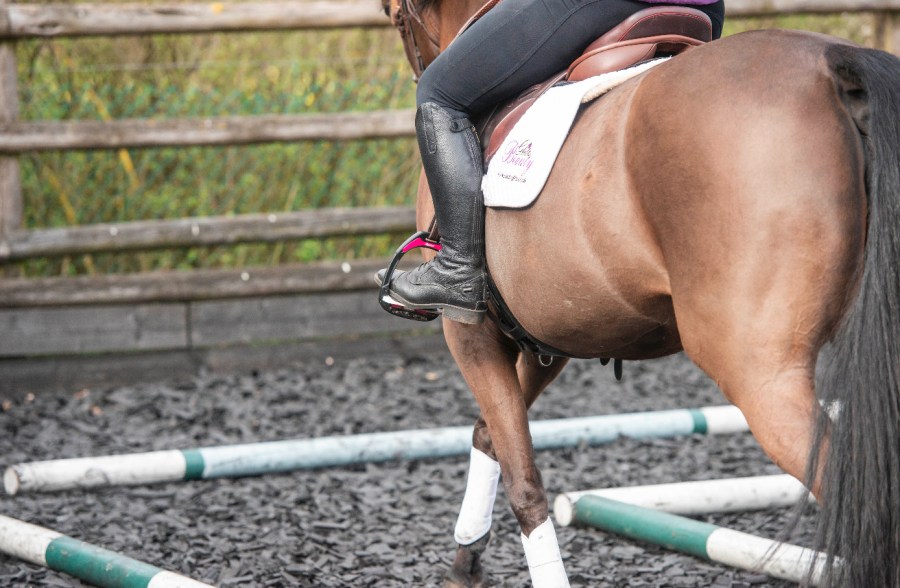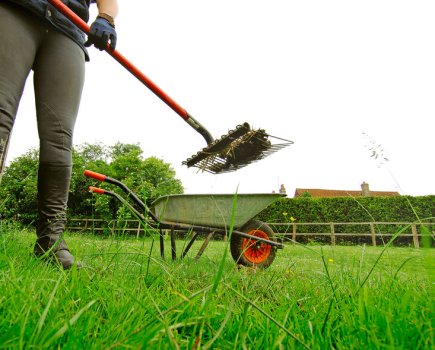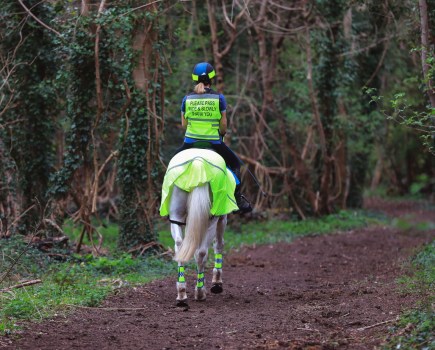Alarming statistics regarding the number of riders using saddles which don’t properly fit their horse — or them — have been highlighted by recent research, reports Emily Bevan.
The research, which was carried out by equine vet Dr Sue Dyson, analysed the relationship between equine behaviour when being tacked up and mounted and the presence of pain, sensitivity or lameness.
As well as observing horses being tacked up and mounted, the research, which Sue Dyson discussed at the recent World Horse Welfare ‘Tacking up – being a pain or in pain?’ webinar, also looked at saddle fit with and without a rider and assessed the horse ridden in walk, trot and canter.
Findings from the static saddle fit revealed that:
- 78% of the 193 saddles that were used had the potential to compromise performance
- 67% of them had tree points that were too tight
- In 21% of cases, the pommel sat too low on the horse’s withers
- 14% of saddles bridged (this means the saddle does not sit evenly over the horses back, instead most of the pressure occurs at the front and back)
- 9% had tree points that were too close to the shoulder blades
“The problem of ill-fitting saddles for both horses and riders needs to be addressed. Things like riding in a saddle with a pommel that is too low is a poor reflection on the standard of horsemanship,” said Sue.
“One of the first things I learnt when I started to ride was to stand in your stirrups and see if you can put two fingers under the pommel. It’s so basic and something all riders should be regularly checking.”
Rider position
Only 35% of the 193 riders used in the study were correctly positioned in the middle of the saddle, rode in balance with their horse and were the appropriate size in relation to the saddle.
Over 50% of these riders sat at the back of the saddle rather than in the middle; 49% lacked balance and 40% were too big for the saddle.
“Rider size, rider position in the saddle and rider balance are all crucial factors in preserving musculoskeletal health in horses,” added Sue, whose research revealed that 55% of the riders in this study hadn’t had their saddle fit checked for more than six months.
“Saddles are inherently individual to each horse and the onus is on the rider to have frequent saddle checks. Horses can change shape in a month so it is important to have your saddle fit regularly checked. Ensure the saddle fit also takes place with the rider on and the saddle fits both horse and rider.”
In the same webinar, Sue shared the results of research which indicates that horses displaying grumpy behaviours when being tacked up or mounted should not be ignored due to the likelihood of underlying issues.









